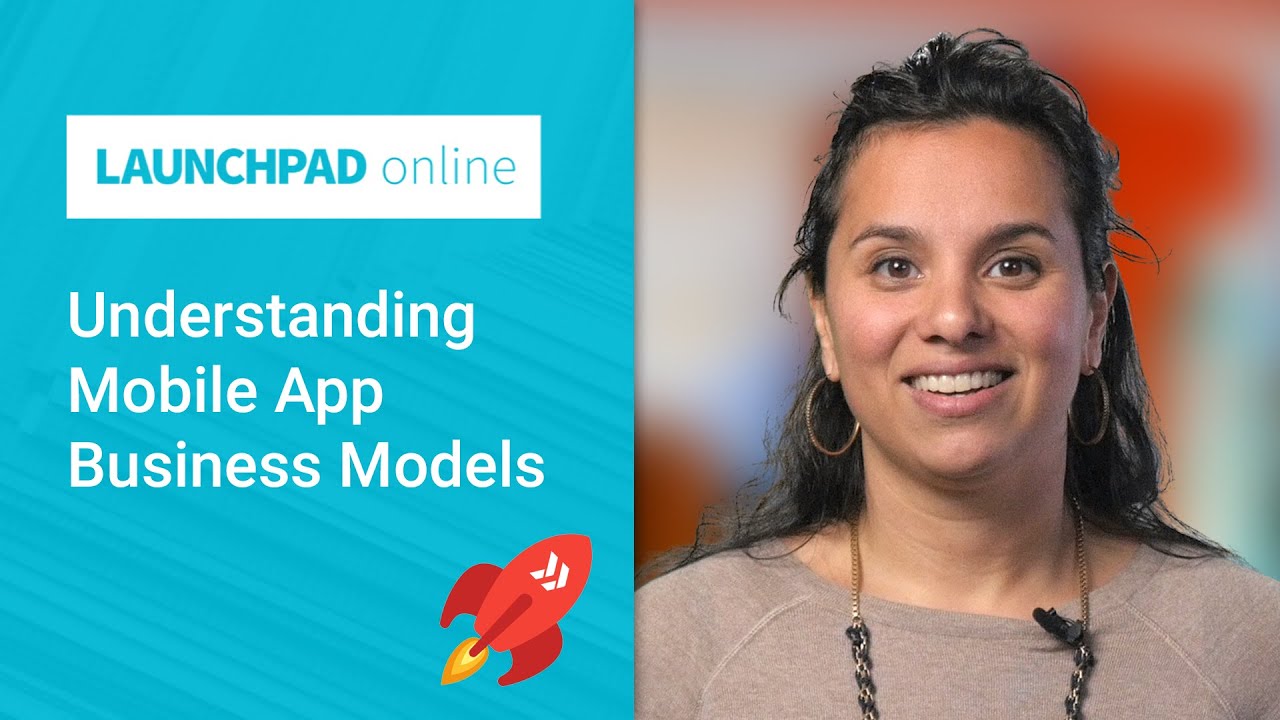 September 2, 2019
September 2, 2019
We’re going to look at the various business models that you can use to make money on your apps. A successful business model maximizes the lifetime value (LTV) of every user, while delivery the best experience. You’ll want to evaluate all revenue stream options and pick a strategy that includes some sort of hybrid monetization model.
At a high level, Mobile has three categories of monetization: free, freemium, and premium.
Free is either purely ad supported or directly connected to a larger brand, generally for promotion of a product or service such as Uber or Lyft. Freemium offers users an app that’s free to download but might include in-app billing, in-app ads, subscriptions or donations.
Premium apps require a payment before installing. These types of apps include paid apps, apps in which subscriptions are required, or even a hybrid model such as paid app that has an in-app purchase.
Now let’s dive deeper into these three approaches. We love anything that’s free, so it’s no surprise that users are more likely to download free apps and games. But you’ve got to make money somehow. If you have a separate business that’s driven by your app, like that of eBay or Netflix, you don’t need to generate income directly from your app itself.
But if your app is your business you could give it away for free and place ads inside the app to make your money. Every time someone sees the ad, or in other cases clicks on it you get paid. Different ad networks have different ways of integrating the ads. For example with AdMob, Google’s mobile ad network, you’ll have control over the types of ads your app will show and where they’re placed in your app.
A purely ad supported model isn’t your only option for making money from free apps; there’s the freemium model. One very popular freemium solution is in-app billing; this allows you to sell digital goods that are durable or consumable.
Durable – once purchased, the item like an additional app feature for example will always be available to the user.
Consumable – these are items that might be used progressively, or expire after a period of time, such as currencies or points.
Between the two, by far the most common is consumable for in-app currency. Most games allow you to buy currency that can then be spent on in-game items.
Comparatively, few will sell you the items directly. It’s common to have two forms of currency in a game, one that could easily be earned by advancing in a game, and another that’s very difficult to earn and must be bought with real money.
In-app purchases are often impulse buys and could be a big moneymaker, especially in gaming. Using Google Analytics and AdMob also allows you to segment your users. If the users providing a revenue stream through in-app purchase, you can choose not to show them ads. We will explain this in greater detail in a later video.
Another freemium strategy would be to offer the app for free, with limited features or with full features for a limited time. Then highlight that there are in-app purchase items available that can unlock the full-unlimited app.
In addition to games, the freemium model has successfully expanded into other categories such as dating, music, messaging and news.
Premium apps – charging users to download your apps are a simple convenient monetization model. You create a merchant account in the app store you’re using for distribution then set your price.
While the premium model can be a great approach, it may limit your app’s monetization potential. You may be able to achieve a greater revenue using a combination of ad-supported, premium or subscription models.
Increasingly, apps and games are finding success with hybrid monetization models. In fact, Google found that game developers who are combining ads with in-app purchases are getting more than double revenue per download, than the developers only focusing on in-app purchases are.
Some other hybrid options would be, show ads in your app, and remove them if a user buys a subscription. In addition to selling your app outright, you could also choose to include advertising or use in-app billing to sell additional features or content.
This model could work well for any app or game, but is most appropriate for apps with extensive features, or those that address a narrow niche. An example would be productivity tools, like creating tasks and paying a monthly fee for reminders.
You can also dynamically combine in-app billing with ads since only about 50% of users make in-app purchases, you can use analytics to identify the other 85% and shift to showing them ads instead of offering them in app purchases.
You’ll need to consider the function of your app and your user base to choose the right monetization approach. For our next session, we’re going to focus specifically on monetization with ads. Thanks for watching be sure to check out our other videos and visit google.com/admob for more information.


